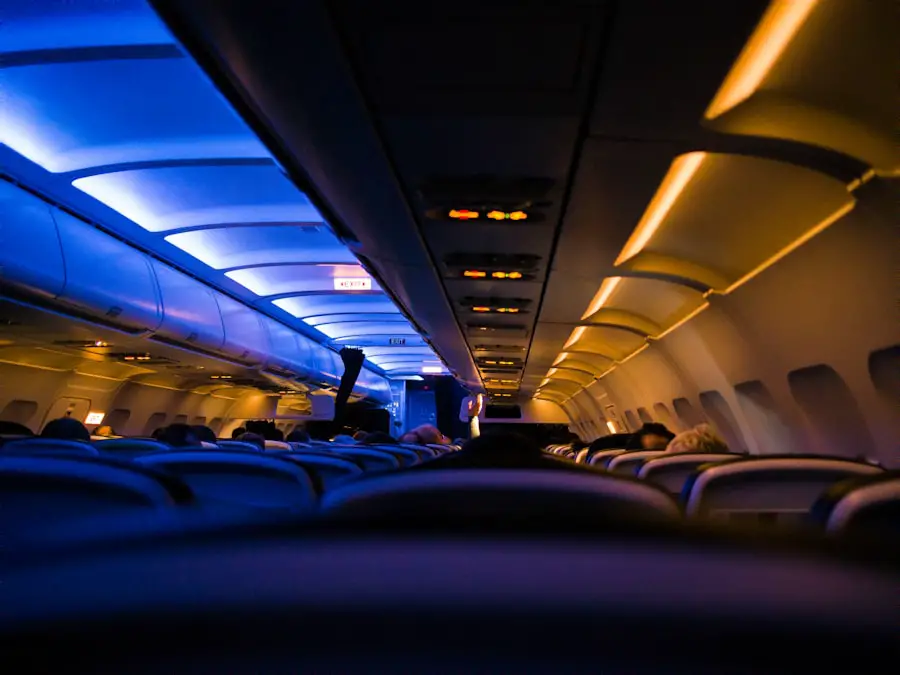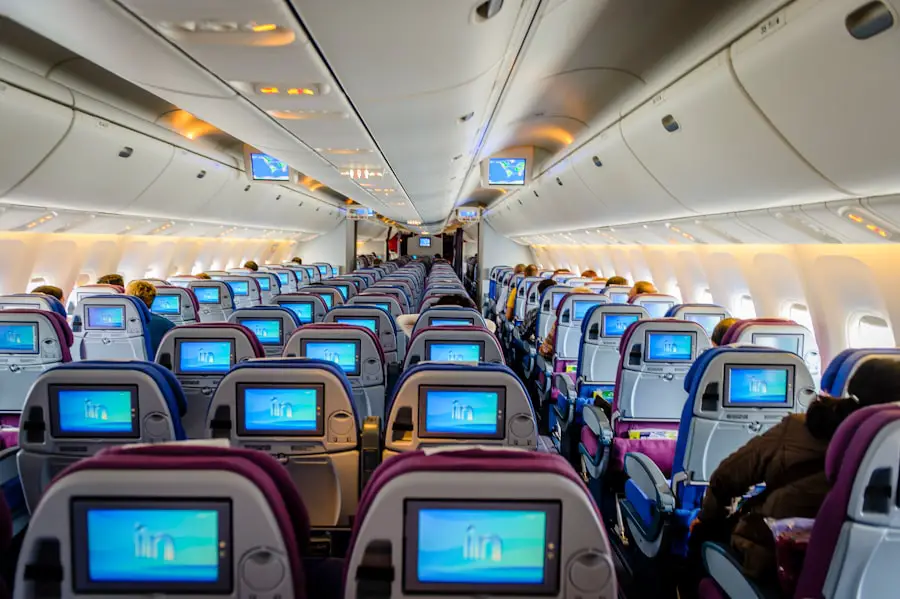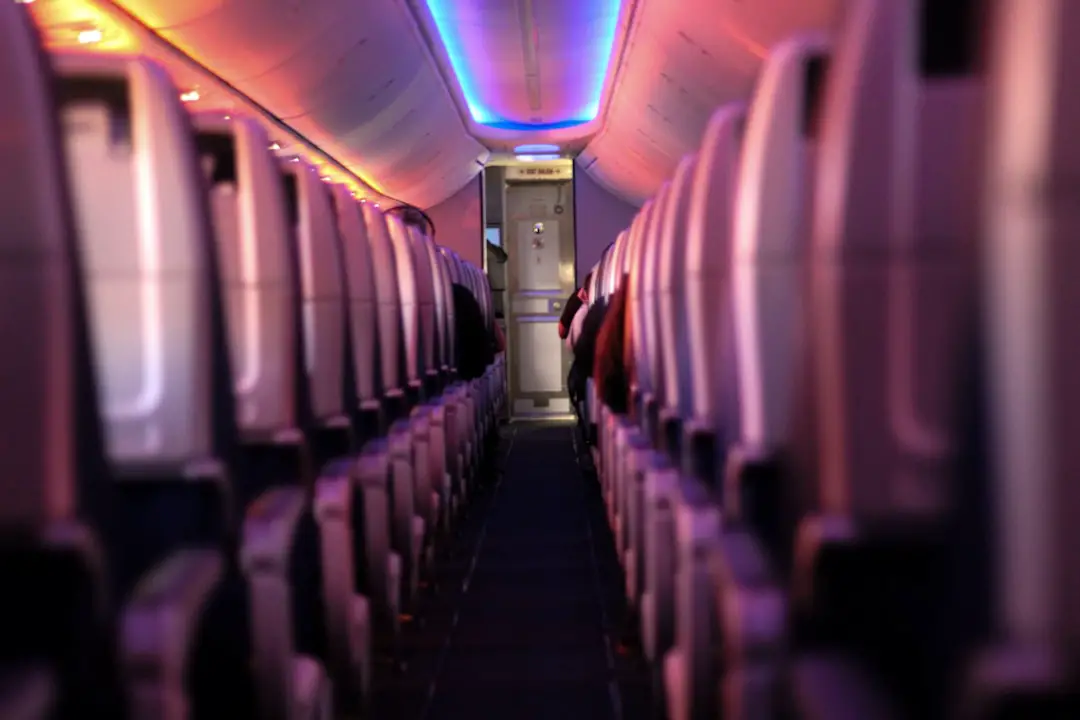Malaysia Airlines, the national carrier of Malaysia, has been a significant player in the aviation industry since its inception in 1947. Originally established as Malayan Airways, the airline underwent several transformations before adopting its current name in 1987. With its hub at Kuala Lumpur International Airport, Malaysia Airlines operates an extensive network of domestic and international flights, connecting travelers to various destinations across Asia, Europe, and beyond.
The airline is a member of the Oneworld alliance, which enhances its global reach and provides passengers with a range of benefits, including code-sharing agreements and access to a wider array of services. The airline’s branding is characterized by its iconic “Malaysia Truly Asia” slogan, which reflects the country’s rich cultural heritage and diverse landscapes. Malaysia Airlines has positioned itself as a premium carrier, offering a blend of comfort and quality service.
Its fleet includes a mix of wide-body and narrow-body aircraft, catering to both short-haul and long-haul routes. Despite facing challenges over the years, including economic fluctuations and competition from low-cost carriers, Malaysia Airlines remains committed to providing a high standard of service while navigating the complexities of the global aviation market.
Key Takeaways
- Malaysia Airlines is the flag carrier of Malaysia and operates flights to over 60 destinations worldwide.
- The airline has had a mixed safety record, with two high-profile incidents in 2014, but has since made significant improvements in safety measures and protocols.
- Malaysia Airlines operates a modern fleet of aircraft and has a rigorous aircraft maintenance program to ensure the safety of its planes.
- The airline places a strong emphasis on pilot training and experience, with a focus on continuous improvement and adherence to international standards.
- Malaysia Airlines has implemented enhanced safety measures and protocols to ensure the safety and well-being of its passengers and crew.
Safety record of Malaysia Airlines
The safety record of Malaysia Airlines has been a topic of considerable discussion, particularly following high-profile incidents that have marred its reputation. Historically, the airline has maintained a relatively good safety record, with many flights operating without incident for decades. However, the tragic events surrounding Malaysia Airlines Flight MH370 in March 2014 and Flight MH17 in July 2014 have cast a long shadow over its safety credentials.
Flight MH370 disappeared en route from Kuala Lumpur to Beijing, leading to one of the most extensive search operations in aviation history. The mystery surrounding its disappearance remains unsolved, raising concerns about the airline’s operational protocols and crisis management. In contrast, Flight MH17 was shot down over eastern Ukraine while flying from Amsterdam to Kuala Lumpur, resulting in the loss of all 298 passengers and crew on board.
This incident highlighted vulnerabilities in airspace security and raised questions about the safety measures in place for commercial flights traversing conflict zones. While these incidents were not solely indicative of Malaysia Airlines’ operational safety, they significantly impacted public perception and trust in the airline’s commitment to passenger safety.
Fleet and aircraft maintenance

Malaysia Airlines operates a diverse fleet that includes Boeing and Airbus aircraft, designed to meet various operational needs. The airline’s long-haul services are primarily served by Boeing 777-200ER and Airbus A330-300 aircraft, while its short-haul routes utilize Boeing 737-800s. The age and condition of an airline’s fleet play a crucial role in its overall safety profile.
Malaysia Airlines has made significant investments in modernizing its fleet over the years, ensuring that it adheres to international safety standards. Aircraft maintenance is a critical aspect of aviation safety, and Malaysia Airlines employs rigorous maintenance protocols to ensure that its fleet remains in optimal condition. The airline adheres to the guidelines set forth by the International Civil Aviation Organization (ICAO) and the Malaysian Department of Civil Aviation (DCA).
Regular inspections, scheduled maintenance checks, and adherence to manufacturer recommendations are integral components of the airline’s maintenance strategy. Additionally, Malaysia Airlines has invested in advanced technology to monitor aircraft performance and detect potential issues before they escalate into serious problems.
Pilot training and experience
| Category | Metrics |
|---|---|
| Training | Number of hours of flight training |
| Experience | Number of total flight hours |
| Qualifications | Type ratings and certifications |
| Simulator Training | Hours of simulator training |
The training and experience of pilots are paramount in ensuring flight safety. Malaysia Airlines places a strong emphasis on pilot training programs that comply with international standards. New pilots undergo comprehensive training that includes simulator sessions, classroom instruction, and hands-on experience under the supervision of experienced instructors.
The airline utilizes state-of-the-art flight simulators that replicate various flight scenarios, allowing pilots to hone their skills in a controlled environment. In addition to initial training, Malaysia Airlines mandates ongoing training for its pilots to keep them updated on new regulations, technologies, and operational procedures. This continuous professional development is essential for maintaining high safety standards.
The airline also emphasizes crew resource management (CRM), which focuses on effective communication and teamwork among flight crew members. By fostering a culture of collaboration and situational awareness, Malaysia Airlines aims to enhance decision-making processes during flights.
Safety measures and protocols
Safety measures at Malaysia Airlines encompass a wide range of protocols designed to mitigate risks associated with air travel. The airline employs advanced technology for flight tracking and communication systems to ensure real-time monitoring of aircraft during flights. This capability is particularly crucial for enhancing situational awareness and responding promptly to any anomalies that may arise.
In addition to technological advancements, Malaysia Airlines has implemented stringent security measures at airports and onboard its aircraft. These measures include thorough passenger screening processes, baggage checks, and protocols for handling suspicious activities. The airline collaborates closely with local authorities and international agencies to ensure compliance with global security standards.
Furthermore, Malaysia Airlines conducts regular safety drills and emergency response exercises to prepare its crew for various scenarios, reinforcing their ability to manage emergencies effectively.
Recent incidents and accidents

In recent years, Malaysia Airlines has faced scrutiny due to several incidents that have raised concerns about its operational safety. While the catastrophic events of MH370 and MH17 remain pivotal in discussions about the airline’s safety record, other incidents have also occurred that warrant attention. For instance, there have been reports of technical malfunctions leading to emergency landings or diversions on certain flights.
These incidents highlight the importance of robust maintenance practices and effective communication between flight crews and ground support teams. Moreover, the COVID-19 pandemic posed unprecedented challenges for airlines worldwide, including Malaysia Airlines. The drastic reduction in air travel led to operational adjustments that affected crew training schedules and maintenance routines.
As the industry gradually recovers from the pandemic’s impact, Malaysia Airlines has been working diligently to restore passenger confidence by emphasizing safety protocols related to health measures onboard flights.
Government oversight and regulation
Government oversight plays a crucial role in ensuring aviation safety standards are upheld within an airline’s operations. In Malaysia, the Department of Civil Aviation (DCA) is responsible for regulating civil aviation activities, including monitoring airlines’ compliance with safety regulations. The DCA conducts regular audits and inspections of airlines operating within Malaysian airspace to ensure adherence to international standards set by organizations such as ICAO.
Malaysia Airlines is subject to rigorous scrutiny from regulatory authorities regarding its operational practices, maintenance procedures, and pilot training programs. This oversight is essential for maintaining public trust in the airline’s commitment to safety. Additionally, international regulatory bodies often collaborate with national authorities to share best practices and enhance safety measures across the aviation industry.
Customer reviews and satisfaction
Customer reviews provide valuable insights into passengers’ experiences with Malaysia Airlines, reflecting their perceptions of safety, service quality, and overall satisfaction. Many travelers commend the airline for its attentive cabin crew and comfortable seating arrangements on long-haul flights. Positive reviews often highlight the quality of in-flight meals and entertainment options available during journeys.
However, some passengers have expressed concerns regarding delays or cancellations due to operational challenges or external factors such as weather conditions. These experiences can impact overall satisfaction levels and influence travelers’ decisions when choosing an airline for future flights. Malaysia Airlines actively seeks feedback from customers through surveys and online platforms to identify areas for improvement and enhance the overall travel experience.
Comparison with other airlines
When comparing Malaysia Airlines with other carriers in the region, it becomes evident that each airline has its unique strengths and weaknesses. Competing airlines such as Singapore Airlines and Thai Airways have established themselves as leaders in service quality and customer satisfaction. Singapore Airlines consistently ranks highly in global surveys due to its exceptional service standards and modern fleet.
In contrast, Malaysia Airlines has focused on providing competitive pricing while maintaining a level of service that appeals to both business and leisure travelers. While it may not always match the luxury offerings of some competitors, it strives to deliver value through its extensive route network and frequent flyer programs. Additionally, low-cost carriers like AirAsia have gained popularity among budget-conscious travelers, prompting traditional airlines like Malaysia Airlines to adapt their strategies accordingly.
Future plans and improvements
Looking ahead, Malaysia Airlines is committed to enhancing its operational efficiency and passenger experience through various initiatives. The airline has outlined plans for fleet modernization by introducing newer aircraft models that offer improved fuel efficiency and passenger comfort. This modernization effort aligns with global trends toward sustainability in aviation.
Furthermore, Malaysia Airlines aims to leverage technology to streamline operations and enhance customer engagement. Initiatives such as mobile app enhancements for booking management and real-time flight updates are part of the airline’s strategy to improve customer service. Additionally, as travel demand rebounds post-pandemic, Malaysia Airlines is focused on rebuilding its network while ensuring that safety remains a top priority throughout its operations.
Is Malaysia Airlines safe to fly?
Evaluating whether Malaysia Airlines is safe to fly involves considering multiple factors encompassing its safety record, fleet maintenance practices, pilot training programs, government oversight, customer feedback, and comparisons with other airlines. While high-profile incidents have undoubtedly impacted public perception of the airline’s safety credentials, it is essential to recognize that aviation remains one of the safest modes of transportation globally. Malaysia Airlines continues to implement robust safety measures while striving for operational excellence amidst evolving industry challenges.
As it works toward restoring passenger confidence through transparency and commitment to safety improvements, travelers can make informed decisions based on comprehensive evaluations rather than isolated incidents alone.
One helpful item for travelers is a scarf with a hidden pocket, which can be found in this article. This innovative accessory allows you to keep your valuables secure while on the go. Additionally, a portable white noise machine, as discussed in this
